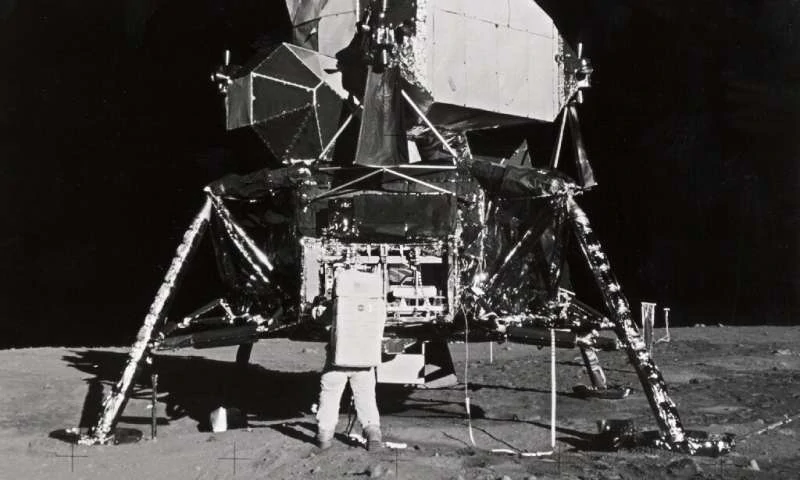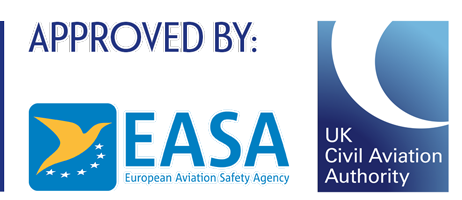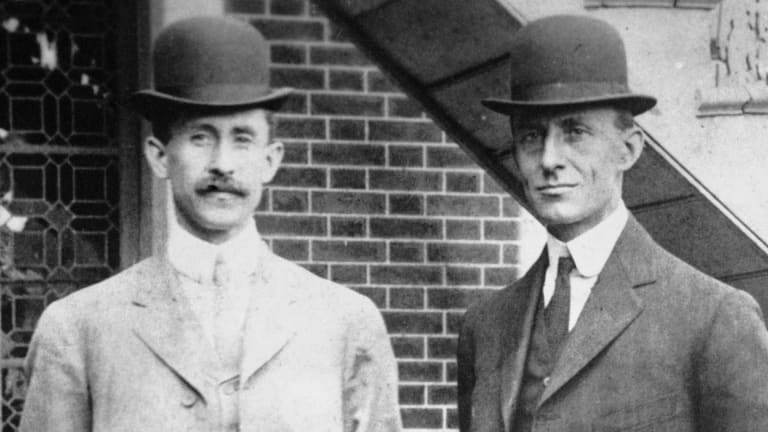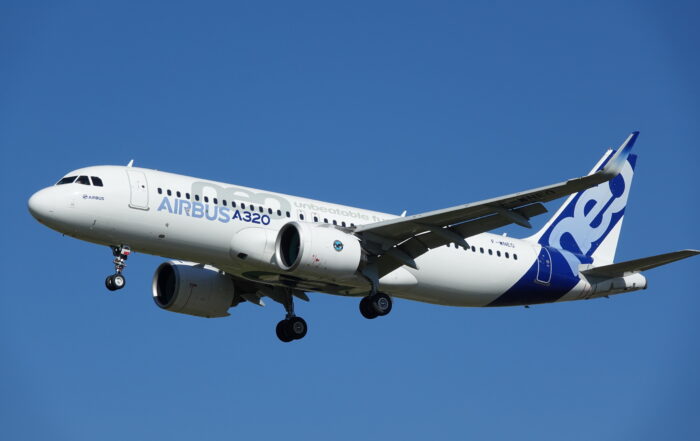Our future wouldn’t be the same without the Wright Brothers.
On December 17, 1903, in North Carolina, the Wright Flyer became the first powered, heavier-than-air machine to achieve A controlled, sustained flight with a pilot aboard.
Orville Wright piloted the aircraft 20 feet above a wind-swept beach in North Carolina. The flight lasted 12 seconds and travelled 120 feet. Three more flights were made that day with Orville’s brother Wilbur piloting the record flight lasting 59 seconds over a distance of 852 feet
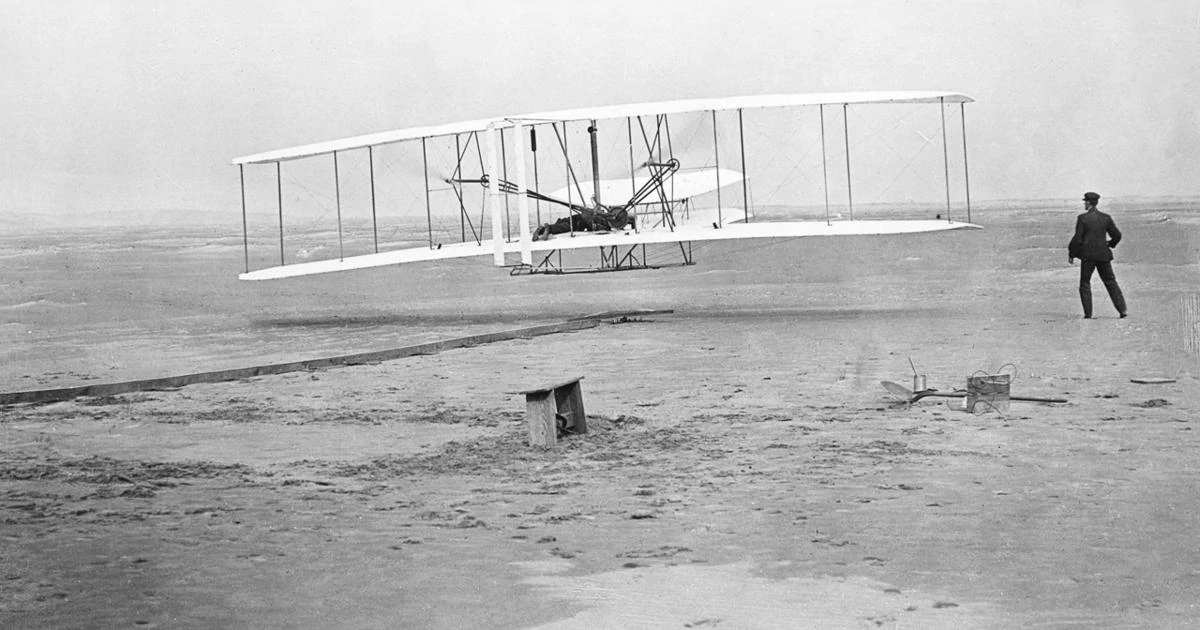
Orville Wright piloted the aircraft 20 feet above a wind-swept beach in North Carolina. The flight lasted 12 seconds and travelled 120 feet. Three more flights were made that day with Orville’s brother In 1903, this seemed an impossible feat. In fact, a few months earlier, Gustave Albin Whitehead (an American scientist) claimed to have proved that a powered aircraft would never fly, despite the attempts of various other would-be aviators. The scientist’s opinion seemed to be verified when a motorised flyer designed by Samuel Langley, Secretary of the Smithsonian Institution, plunged into the Potomac River in Washington, D.C.
Although not the first to build an experimental aircraft, the Wright Brothers were the first to invent aircraft controls that made fixed-wing powered flight possible. Their breakthrough? The creation of a three-axis control system, which allowed the pilot to steer the aircraft effectively and to maintain its equilibrium. This method remains standard on fixed-wing aircraft of all kinds!
What if someone does it better later? Good!
Technically the Wright brothers built the worst aeroplanes in the world. If you do it first, you do it worst, and history will thank you for it. The Wright brothers were, above all, aviation pioneers.
They paved the way to aviation as we know it today. It’s hard to exaggerate the significance of their accomplishment, as Wilbur Wright watched his brother pilot their flying machine into the air, the world began to change. Left behind were long trips across the U.S. taking weeks and month long crossings of the Atlantic Ocean.
Who would have known what lay ahead?
Transcontinental trips in less than a day, and eventually, even oceans would be crossed in hours. And then, one summer day just 66 years later, humankind would fly to the moon.
So, as we celebrate Wright Brothers Day, you could even say, they took one giant leap for mankind way before Neil and Buzz did!
Wilbur piloting the record flight lasting 59 seconds over a distance of 852 feet.
